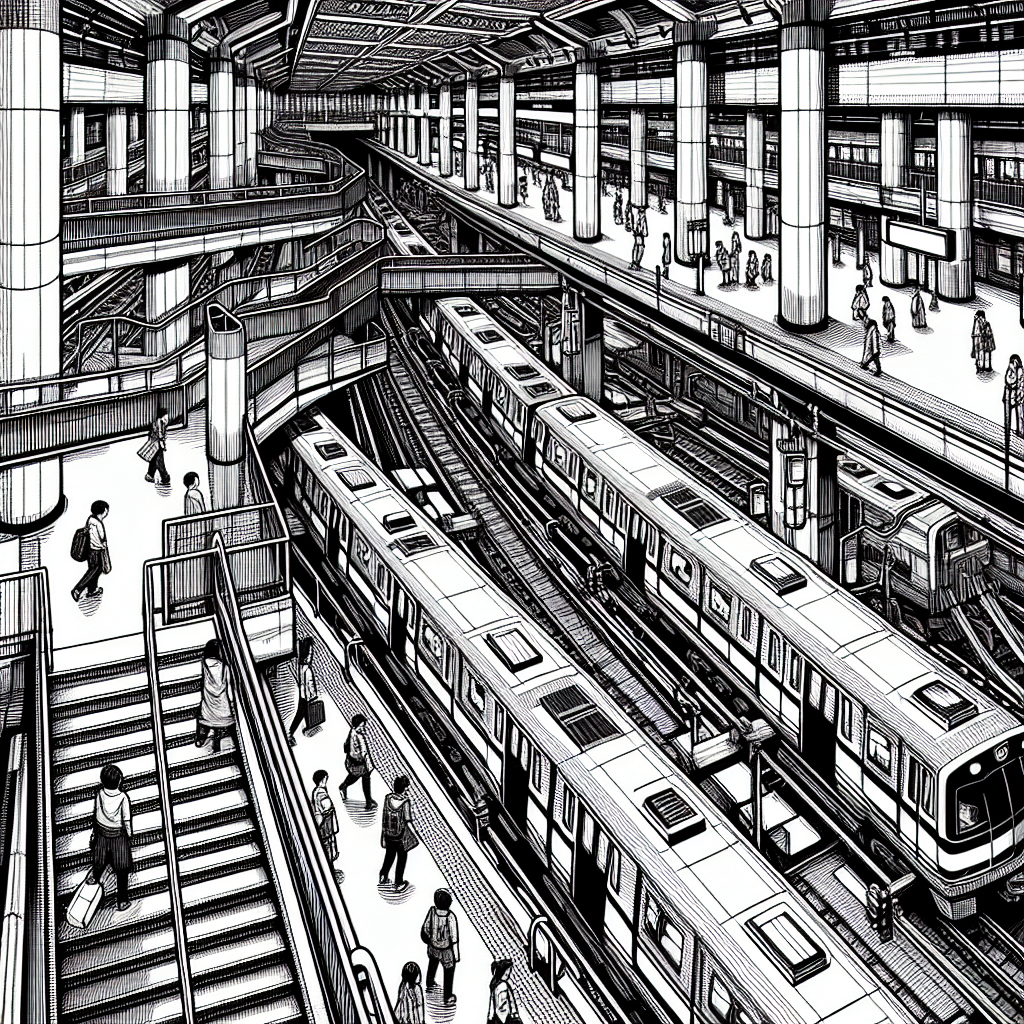Powered by state-of-the-art technological advancements, today’s subways are a marvel of design and engineering, ensuring safe, efficient, and eco-friendly travel.
This article aims to unravel the intricacies of these underground arteries that pulse with life, propelling cities into the future.
From the humble beginnings of the first subway system in London to the ultramodern, automated metros currently operational in major cities worldwide, subways have come a long way. They embody the ethos of urban progress and the relentless human pursuit of innovation.
Underneath the cityscape, an intricate network of tunnels and tracks stretches for miles, a testament to human engineering prowess. Modern subway systems are developed with a keen focus on safety, reliability, and sustainability. Advanced signaling systems, train control technologies, and state-of-the-art surveillance mechanisms are seamlessly integrated to provide a safe and comfortable commuting experience.
Let’s delve into the marvel of subway construction. The creation of a subway system requires meticulous planning and execution. Geotechnical surveys are conducted to understand the soil composition and ascertain the feasibility of tunnel construction. Engineers then employ tunnel boring machines, capable of carving through bedrock, to create these underground networks. The tunnels are then lined with precast concrete segments for structural integrity.
The train cars are another marvel of technology. From ergonomically designed seating to noise control features, every aspect is crafted with the commuter’s comfort in mind. Recent advancements have seen the use of regenerative braking systems that transform the kinetic energy generated during braking into electrical energy, reducing the overall energy consumption and carbon footprint.
In the realm of operational efficiency, recent developments have brought about a shift from traditional ticketing systems to contactless, digital ticketing solutions. These offer increased convenience to passengers and help accelerate the ticketing process, reducing wait times and enhancing overall system efficiency.
Subways also play a pivotal role in urban development. They encourage denser urbanization by enabling people to live further from their workplaces. This leads to the growth of peripheral suburbs, reducing the strain on city centers and promoting a more balanced distribution of urban population, without contributing to surface traffic congestion.
In the context of sustainability, subways are a boon. As a mass transit system, they significantly reduce the number of vehicles on the road, thereby minimizing traffic congestion and the associated environmental impact.

The lower carbon emissions associated with subway travel compared to individual car transit make it an eco-friendly choice for city dwellers.
Today, as cities grow and expand, the role of subways is more critical than ever. They stand as silent, efficient workhorses, ferrying millions of people every day, facilitating economic activities, and contributing to urban development.
Unseen and often underappreciated, these underground networks are indeed the veins and arteries of our urban existence.
The future of subway travel promises even more innovations, with a focus on autonomous train operations, improved passenger amenities, and greener technology. As we move forward, these silent, efficient lifelines will continue to redefine urban mobility, setting new standards in safety, convenience, and sustainability. Welcome to the underground revolution!